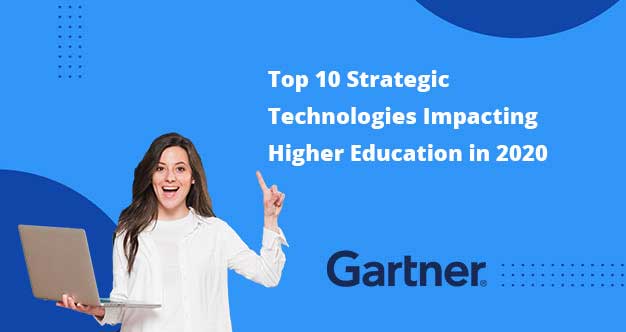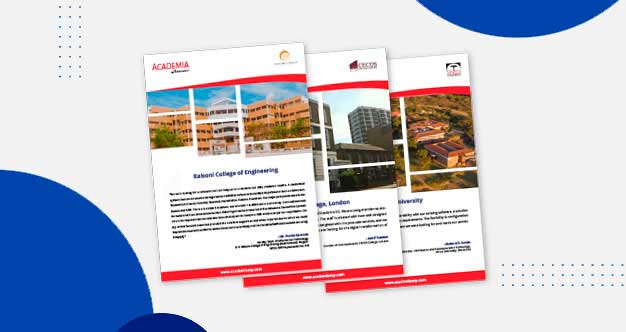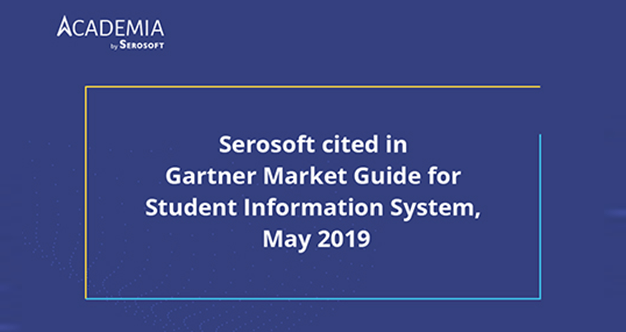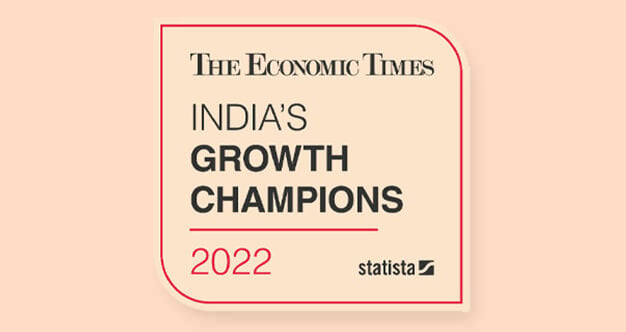Modernizing Education: Indicators Your ERP System Needs an Update
In the rapidly evolving landscape of education technology, Education Enterprise Resource Planning (ERP) systems play a pivotal role in managing various administrative and academic tasks efficiently. From student enrollment to managing faculty, from handling finances to monitoring academic performance, ERPs streamline operations for educational institutions. However, just like any other technology, ERPs require regular updates to stay relevant and effective. But how can you tell when it’s time for an update? Let’s delve into the factors that signal the need for an education ERP upgrade.
Outdated User Interface: One of the most apparent signs that an education ERP needs updating is an outdated user interface. If the system looks and feels archaic compared to modern software, it may hinder user experience and productivity. A clunky interface can slow down tasks, frustrate users, and deter them from utilizing the ERP to its fullest potential.
Lack of Scalability: As educational institutions grow, so do their data and operational needs. If your current ERP struggles to accommodate increasing volumes of data or users, it’s a clear indication that an update is overdue. A scalable ERP ensures smooth operations even as your institution expands, preventing bottlenecks and performance issues.
Inadequate Integration Capabilities: In today’s interconnected world, seamless integration with other systems and applications is crucial for efficiency. If your ERP lacks compatibility with other essential tools like Learning Management Systems (LMS), library management software, or communication platforms, it may be time for an upgrade. An updated ERP should offer robust integration capabilities to streamline processes and data flow across various systems.
Security Vulnerabilities: With the rising threat of cyber-attacks and data breaches, security is a top priority for educational institutions. An outdated ERP may need more essential security features and patches, leaving sensitive data vulnerable to exploitation. Regular updates ensure that your ERP stays fortified against evolving security threats, safeguarding student and institutional information.
Limited Mobile Accessibility: In today’s mobile-centric world, the ability to access ERP functionalities on the go is indispensable. If your current ERP lacks mobile compatibility or offers limited functionality on mobile devices, it may hinder productivity and accessibility for users who rely on smartphones or tablets. An updated ERP should prioritize mobile responsiveness and offer dedicated mobile apps for enhanced usability.
Inefficient Reporting and Analytics: Data-driven decision-making is integral to improving educational outcomes and operational efficiency. If your ERP lacks robust reporting and analytics capabilities or provides outdated, cumbersome reporting tools, it can impede your institution’s ability to derive insights from data. An updated ERP should offer advanced analytics features, customizable reports, and real-time dashboards to empower administrators and educators with actionable insights.
Poor User Adoption and Satisfaction: Ultimately, the success of an ERP hinges on user adoption and satisfaction. If users express dissatisfaction with the current system due to usability issues, performance bottlenecks, or outdated features, it’s a clear signal that an update is necessary. Engaging stakeholders and soliciting feedback can help identify pain points and inform the decision-making process for ERP updates.
In conclusion, staying abreast of technological advancements and evolving user needs is paramount for ensuring the effectiveness of education ERPs. By recognizing the telltale signs that signal the need for an update, educational institutions can proactively enhance their ERP systems to support their mission of delivering quality education efficiently and effectively. Regular updates not only optimize system performance but also future-proof educational institutions against emerging challenges in the ever-evolving landscape of education technology. Request a demo to understand end to end capabilities of education ERP systems.
Related Posts:
 Higher Ed Plans
Higher Ed Plans K12 Plans
K12 Plans










